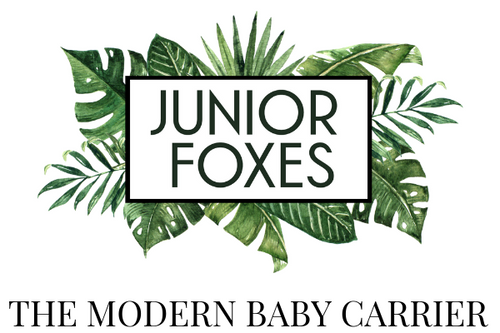Safety Tips
WARNING - FAILURE TO FOLLOW THE MANUFACTURER'S INSTRUCTIONS CAN RESULT IN DEATH OR SERIOUS INJURY. ONLY USE THIS CARRIER WITH CHILDREN BETWEEN 8 AND 35 POUNDS.
T.I.C.K.S. FOR SAFETY
TIGHT
Make sure baby is pressed tightly against your body, this will ensure baby will not slump down and have their airway restricted.
IN VIEW
You should always be able to see your baby's face simply by glancing down. The fabric should not close around baby's face so that you have to open it to check on them.
CLOSE ENOUGH TO KISS
Baby’s head should be as close to your chin as is comfortable. By tipping your head forward you should be able to kiss your baby on the head or forehead.
KEEP CHIN OFF CHEST
Baby should never be curled so their chin is forced onto their chest as this can restrict their breathing. Ensure there is always a space of at least a finger width under your baby’s chin.
SUPPORTED BACK
Baby should be held comfortably close to you so their back is supported in its natural position and their tummy and chest are against you. If a sling is too loose they can slump which can partially close their airway.
LEGS: Baby's legs should be in an "M" shape with their bum below their knees.
SAFETY WARNINGS:
Babies younger than 4 months can suffocate in this product if face is pressed tightly against your body. Babies at greatest risk of suffocation include those born prematurely and those with respiratory problems.
Check often to make sure baby's face is uncovered, clearly visible, and away from caregiver's body at all times.
Make sure baby does not curl into a position with the chin resting on or near baby's chest. This position can interfere with breathing, even when nothing is covering the nose or mouth.
If you nurse your baby in carrier, always reposition after feeding so baby's face is not pressed against your body.
Never use this carrier with babies smaller than 8 pounds without seeking the advice of a healthcare professional.
Minimum and maximum weight of the child for which the carrier is intended.
Read and follow all printed instructions and view instructional videos (if applicable) before use.
Check for ripped seams, torn straps or fabric, and damaged hardware before each use. If found, stop using carrier.
Always check to ensure that all knots, buckles, snaps, straps, and adjustments are secure.
Ensure that the baby is safely positioned in the sling carrier according to manufacturer’s instructions for use.
Never leave a baby in a sling carrier that is not being worn.
Check on the baby often. Ensure that the baby is periodically repositioned.
Never use a sling carrier when balance or mobility is impaired because of exercise, drowsiness, or medical conditions.
Never place more than one baby in the sling carrier.
Never use/wear more than one carrier at a time.
Never use sling carrier while engaging in activities such as cooking and cleaning, which involve a heat source or exposure to chemicals.
Never wear sling carrier while driving or being a passenger in a motor vehicle.
FALL HAZARD:
Leaning, bending or tripping can cause baby to fall. Always keep one hand on baby while in motion.
